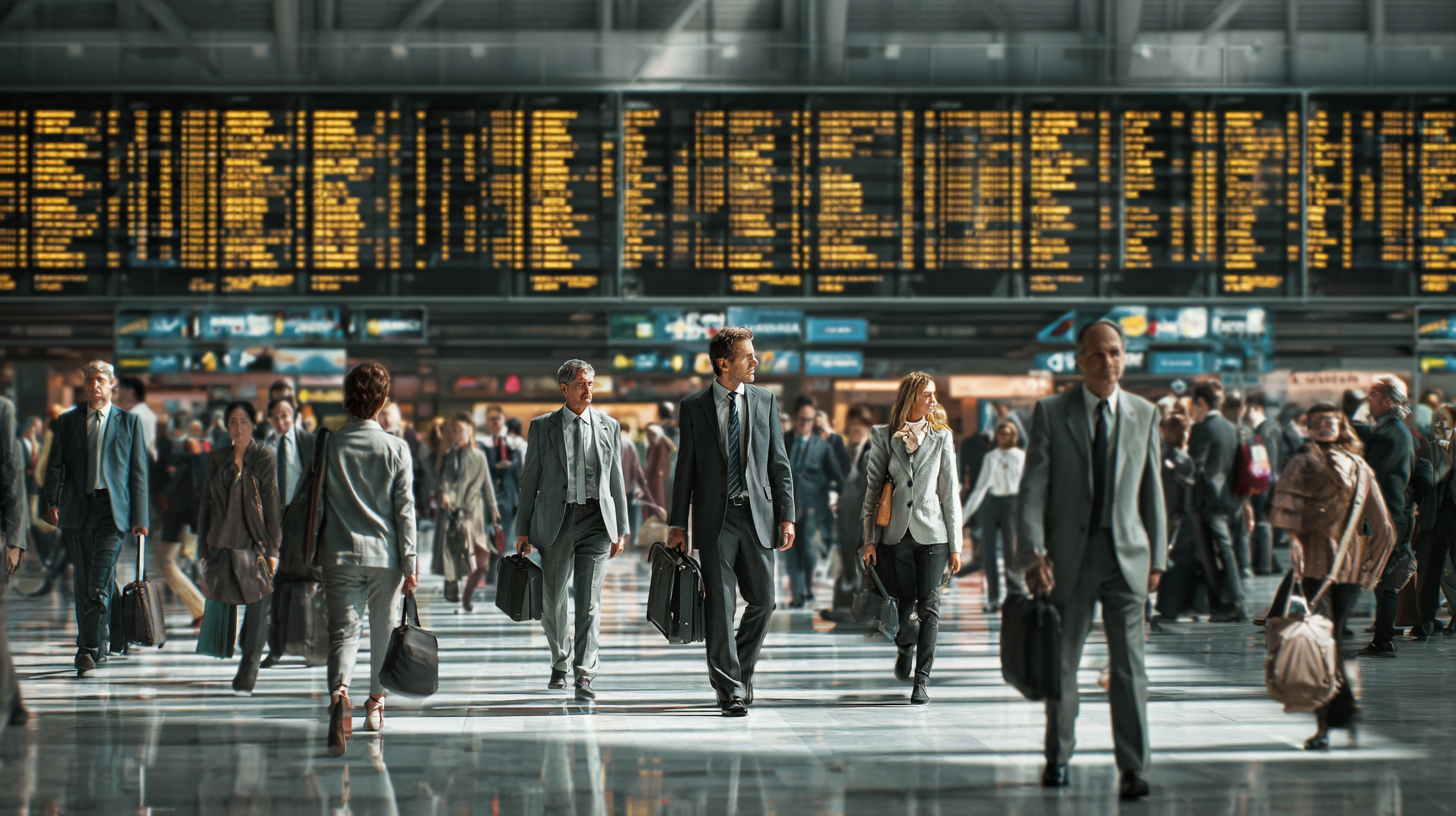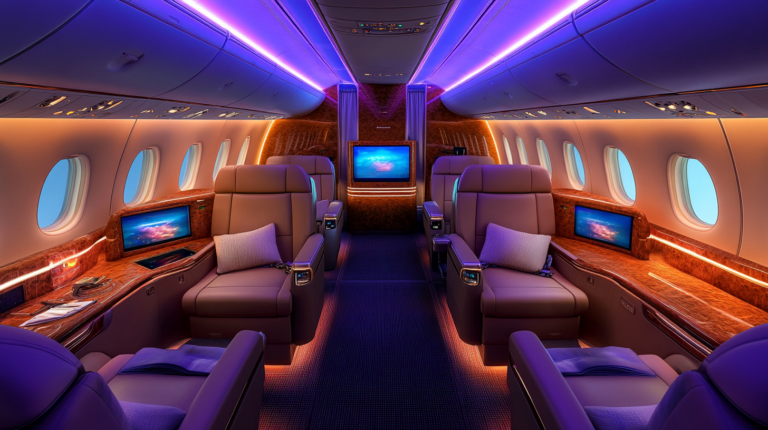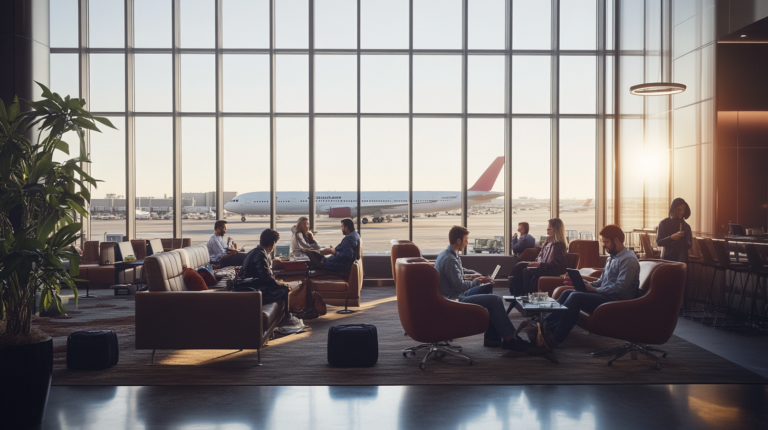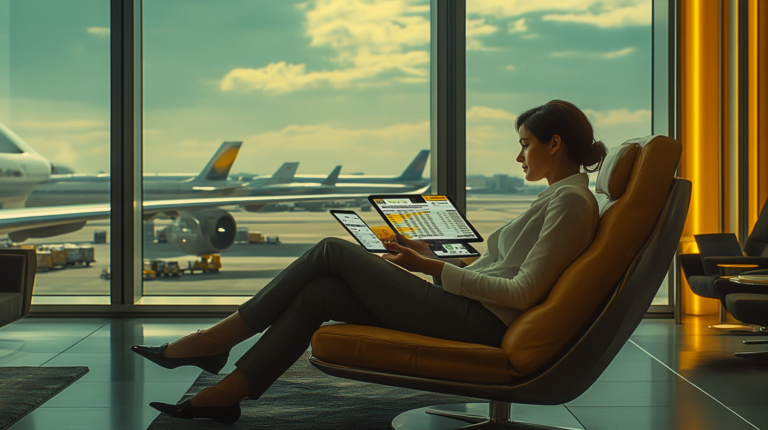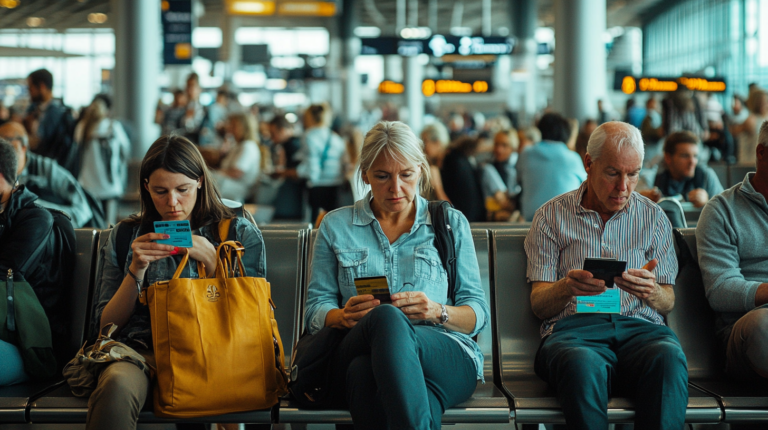Business Travel Costs: The Must-Know Numbers for Frequent Flyers
Business travel is alive and thriving again, and I’ve been fascinated by how quickly it’s grown since the industry began its post-pandemic recovery. In my own journeys, I’ve noticed that companies are reinvesting in face-to-face connections, pouring budgets back into airline tickets, hotel stays, and ground transportation. According to industry data, business travelers still only account for around 12% of total airline passengers, yet they punch well above their weight by generating nearly 75% of airlines’ profits worldwide. In the United States alone, business travel pumps about $387 billion into the economy each year, representing roughly 3% of GDP. And with some projections suggesting the global market could hit $791.9 billion by 2026—or even soar to $2.1 trillion by 2031—it’s safe to say these lucrative trips aren’t going anywhere.
From my perspective, one of the most impressive aspects of business travel is how it combines massive financial value with strategic returns for companies. Research shows that each dollar spent on business travel can yield up to $2.90 in profit and $9.50 in revenue. In 2025, this trend is more relevant than ever; I’ve watched organizations double down on in-person conferences and client meetings, believing there’s something truly irreplaceable about a solid handshake or an in-room demonstration that Zoom just can’t replicate.
The Big Picture: Why Business Travel Matters

Despite global challenges over the past few years, I’ve seen firsthand how business travel remains a cornerstone of professional growth and collaboration. Companies use these trips to foster relationships with new clients, develop innovative partnerships, and cement long-term deals. A recent study suggests that the business travel industry is projected to grow by about 21% overall, with U.S. domestic trips possibly hitting 447 million by the next travel season. These numbers show just how central frequent flying is to the modern workplace.
For me, standing in the middle of a bustling airport terminal or checking into a busy convention center is a reminder that travel is as much about cultural exchange as it is about making sales. Every time I watch travelers queue up at security, juggling laptops and luggage tags, I’m reminded that behind all those spreadsheets and profit margins, there’s real human connection taking place. That’s why these journeys matter in the long term: they help people build rapport, share new ideas, and create opportunities that can shape entire industries.
Another key factor is the breadth of activities business travel supports— from networking events to hands-on workshops. These face-to-face interactions often lead to unplanned moments that spark creative breakthroughs. It’s amazing how a chance conversation in a hotel lobby or a shared ride to the airport can open up a wealth of possibilities. Indeed, business travel might only represent one slice of total global travel volume, but it’s definitely a powerful slice in terms of impact.
Key Cost Drivers

In my own experience, cost is one of the biggest considerations for business travelers and their employers alike. A typical three-day domestic trip can easily fall between $949 and $1,389, whereas international travel can climb to $2,525 or more—especially if you’re booking during peak conference season. Industry data suggests that lodgings often account for around 34% of a trip’s total costs, while airfare typically grabs another big chunk. Insurance, surprisingly, can edge up to 5–6% for some travelers who need comprehensive coverage.
When I’m on the road, I also see hidden costs that can catch you off guard, like seat upgrades, premium Wi-Fi, and those occasional last-minute ticket changes (we’ve all been there). A 2024 survey from the Global Travel Association found that many frequent flyers end up spending an additional $700 to $834 out-of-pocket on extra amenities. My advice? Monitor these big and little expenses with a budgeting app or an expense management tool, so you don’t end up with a scary credit card bill at the end of your journey.
It’s worth noting that prices can vary wildly by region and season. I’ve observed how hotels in major cities spike rates whenever large conventions roll into town. If you happen to be traveling to a hot spot during a high-demand period, your lodging expenses could skyrocket. Keeping tabs on local events and booking as early as possible are two practical ways to keep your budget in check.
Corporate Travel Policies and Tools

I’ve worked with companies that run the gamut when it comes to managing employee travel, and one thing stands out: organizations with a formal travel policy usually fare far better in terms of cost control. Currently, about 60% of firms have clearly outlined guidelines, from daily meal allowances to mandatory booking channels. If you ask me, having a policy not only helps employees know what to expect, it also fosters transparency and prevents awkward expense-reporting conversations down the line.
On the flip side, I’ve seen businesses that use real-time adjustments—like capping expenses based on current market rates. This can be especially helpful during high-demand seasons when airfare and hotel prices fluctuate wildly. Tools such as Itilite have made it easier for companies to centralize their bookings and enforce policies automatically. SureMileage, meanwhile, automates the mileage tracking, and Fyle streamlines receipt capture and reimbursements. I find these tools particularly handy, because fiddling with paper receipts at the airport gate is the last thing I want to do.
According to a 2025 corporate travel report, integrations between booking systems and expense-management apps have become increasingly common. These integrations can help a company spot spending trends early, and employees often appreciate the automation that reduces their own workload. From my vantage point, technology will continue driving the next wave of innovation in business travel, making it simpler to track, manage, and justify those costs back at the office.
The Rise of Bleisure
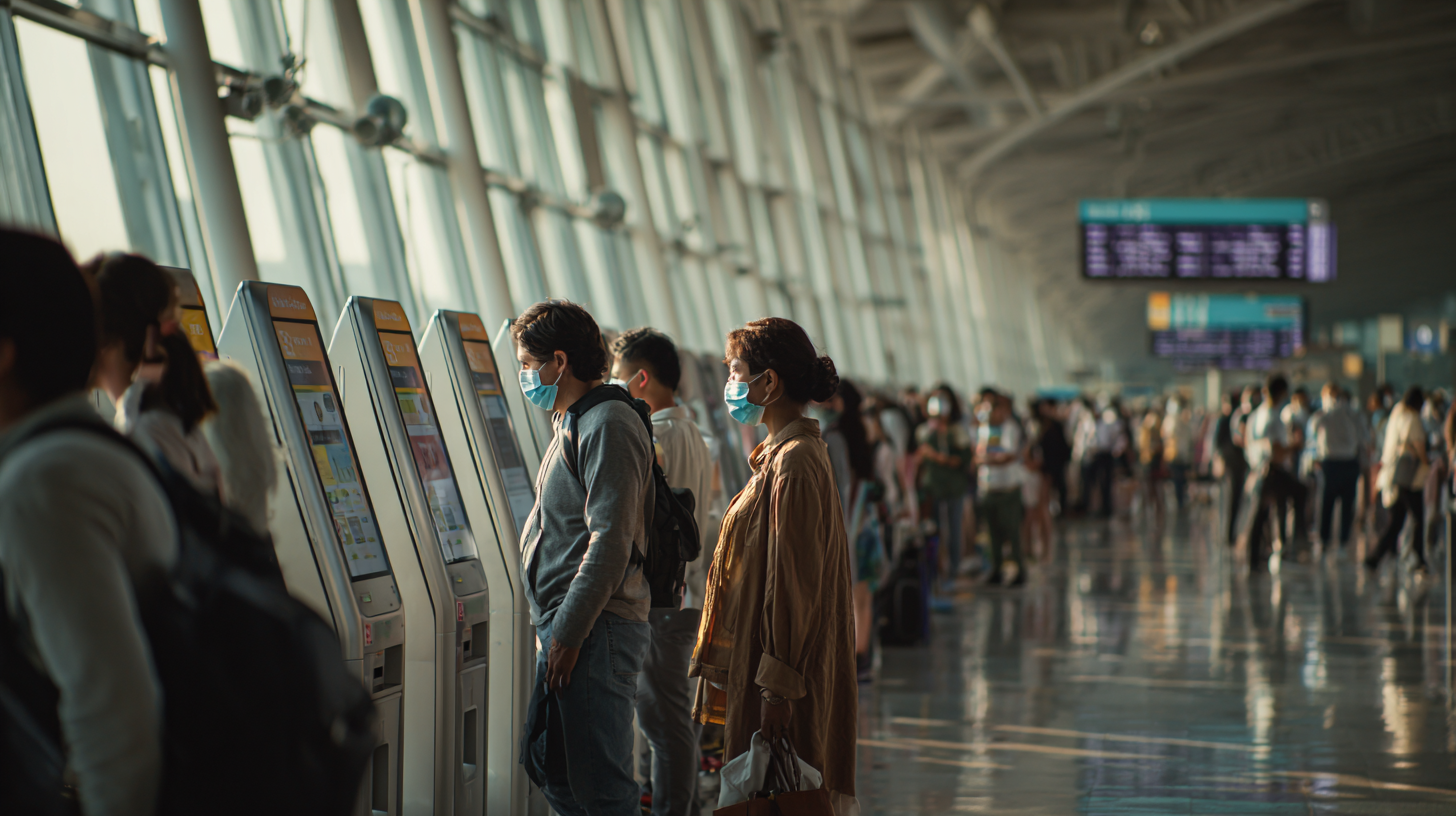
One of my favorite trends in business travel is “bleisure,” where people tack on a few days of personal adventure to their work trips. I’ve done this myself more times than I can count—whether it’s exploring a new city’s local coffee scene or visiting a museum I’ve been dying to see. Generationally, millennials seem to embrace this approach the most, but I’ve noticed colleagues of all ages sneaking in a bit of R&R whenever they can.
Industry data shows that nearly two-thirds of business travelers now extend their trips by at least a couple of days for personal enjoyment. There’s a practical side to this: if your company has already covered the airfare to a far-flung destination, why not see the sights while you’re in town? I’ve found that these extra days often help me decompress before heading back home and diving headfirst into work email. On the downside, companies sometimes struggle with where to draw the line on expense coverage. Meals, attractions, and city tourist taxes can pile up, and it’s important to clearly separate business-related costs from personal fun.
That said, I believe bleisure travel enhances the overall value of a trip, converting it into a more holistic experience. Not only do you broaden your cultural horizons, but you also return to work feeling more refreshed. In my view, as long as both employer and employee can communicate expectations upfront, bleisure travel can be a fantastic way to blend productivity with leisure.
Post-Pandemic Shifts

Even though we’re in 2025, I still see echoes of pandemic concerns when it comes to travel. Safety and health remain top of mind for many of us, and about 37% of business travelers admit to feeling anxious over potential hazards. Businesses have responded by beefing up duty of care, offering things like adjusted per diems or more lenient car allowances to lessen time in crowded spaces. Personally, I appreciate these small shifts—they give me peace of mind on the road.
In my opinion, one major difference since the pandemic era is that day-to-day business travel is much more flexible. People who once traveled only for large trade shows or annual conferences are now flying more frequently for smaller, shorter meetings. The forecast suggests an 8% growth in domestic trips for 2024, and I can see why; as remote work culture grows, in-person gatherings become even more special and necessary. And let’s face it, sealing the deal in person often works better than chatting over a glitchy video call.
I’ve also noticed a shift toward hybrid events, where part of the audience attends online and a select group meets face-to-face. It’s an interesting balance—cost savings from partial virtual attendance, yet still enough boots on the ground to create that all-important connection. Overall, it’s clear the business travel industry is adapting and remains resilient, despite the road bumps we’ve experienced over the last few years.
The Bottom Line

For all the frequent flyers out there, staying on top of average costs is essential to avoiding unwelcome surprises. I’ve discovered that clear company policies, smart booking strategies, and user-friendly expense tools can really ease the burden of managing travel fees. With ongoing industry growth, we should expect even more options, innovative programs, and new opportunities to trim costs—without sacrificing comfort or results.
Whether it’s flights, hotels, or daily meals, an organized approach truly pays off in the end. I learned early on that the more consistent you are in documenting your expenses, the more it benefits both you and your employer when you’re ready to reconcile your travel budget. As business travel continues to surge, I’m convinced we’ll see a greater emphasis on convenience and flexibility, allowing us to do our jobs effectively while still enjoying the journey.
Final Thoughts
As I look around in this era of abundant travel, I see a world where business trips are no longer just about rushing from meeting to meeting. Instead, they’re evolving into customized adventures, often blending work with personal passions. It’s rewarding to watch industries adapt, fueled by a drive for connection and guided by the insights we’ve gained from the last few years.
Business travel, at its core, remains a powerful engine for professional growth. It’s the catalyst for forging new partnerships, driving financial success, and deepening the human ties that make commerce possible. If I’ve learned anything, it’s that even the smallest trips can yield big benefits, both for the traveler and the organization footing the bill.
Barry B.’s Take
I love that business travel brings a certain excitement to everyday work life—there’s an undeniable rush in exploring new cities, meeting diverse teams, and turning what could be just another workday into something memorable. From my perspective, no amount of virtual conferencing can replicate the energy of a live conversation with potential partners or coworkers down the hall (or across the globe).
If there’s a single piece of wisdom I’d offer, it’s to embrace the full experience. Take advantage of every resource your company provides, but also carve out moments that remind you why travel can be an inspiration rather than just a chore. After all, we’re not just flying from Point A to Point B—we’re diving into new opportunities, discovering fresh perspectives, and taking our sense of curiosity wherever we go.
milesBUZZ is your ticket to staying informed and entertained on every trip.

